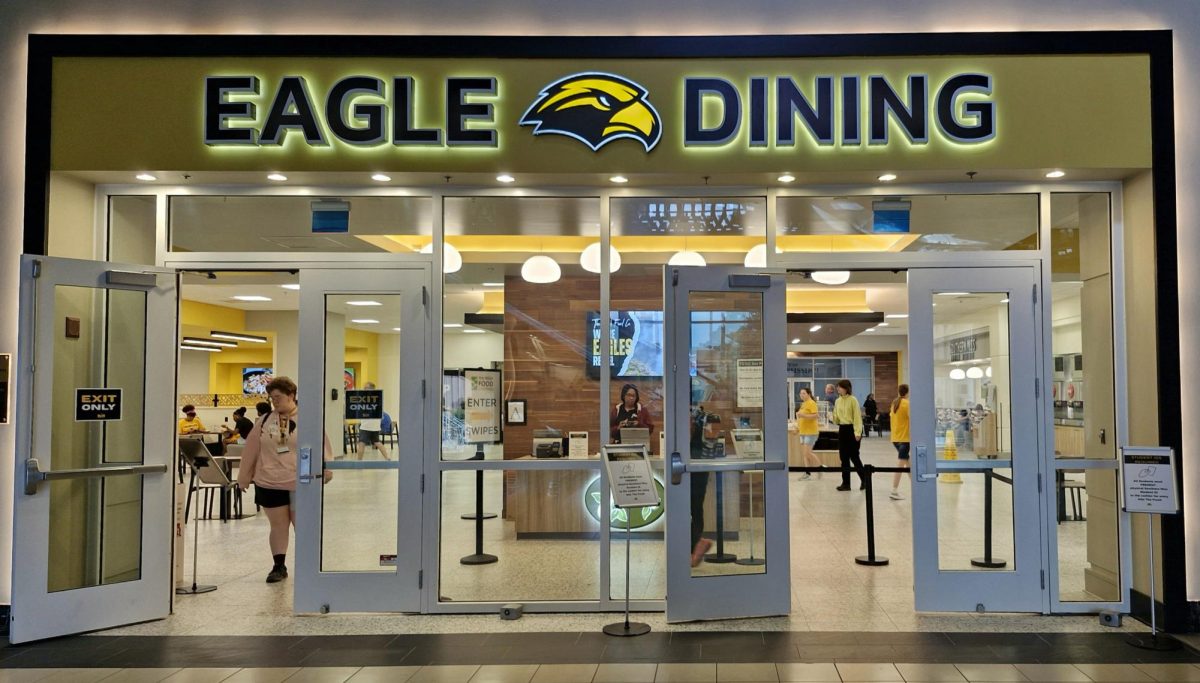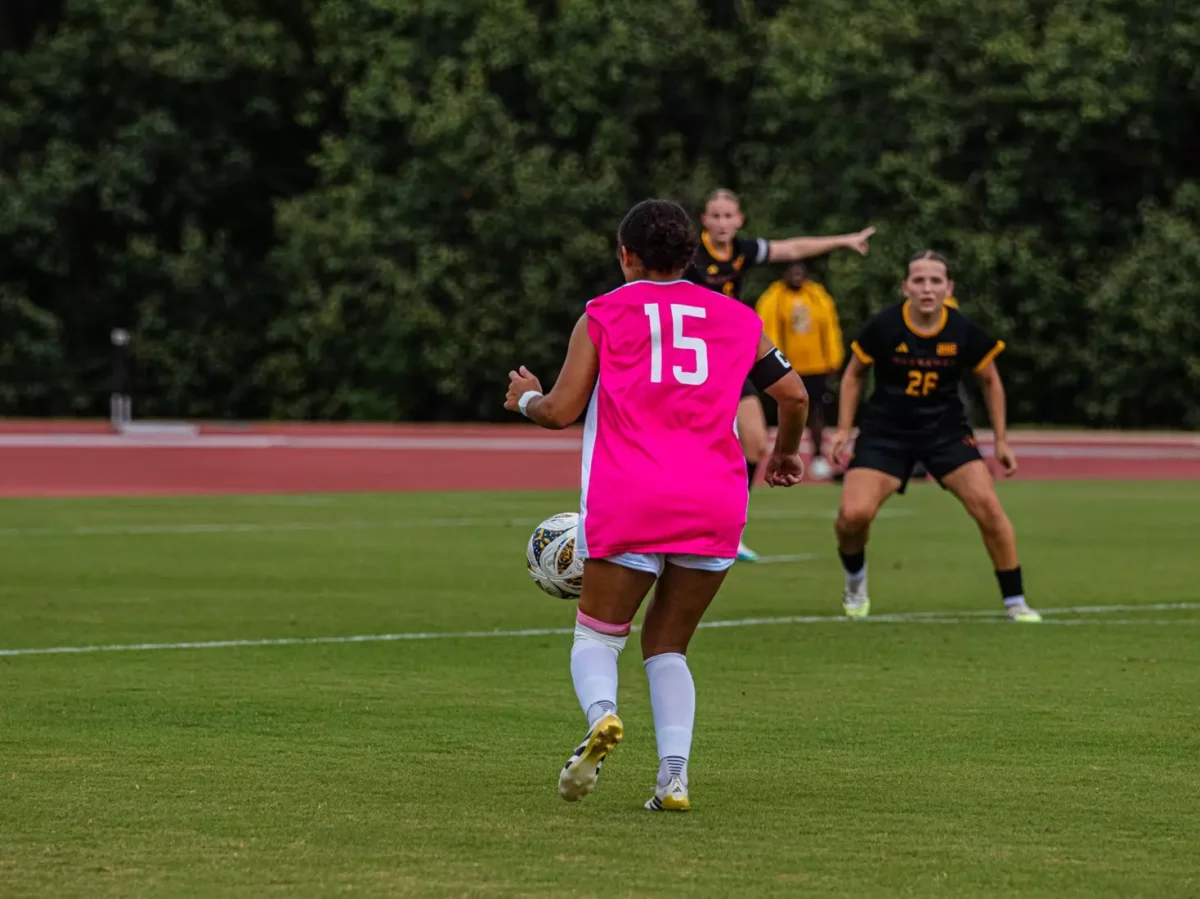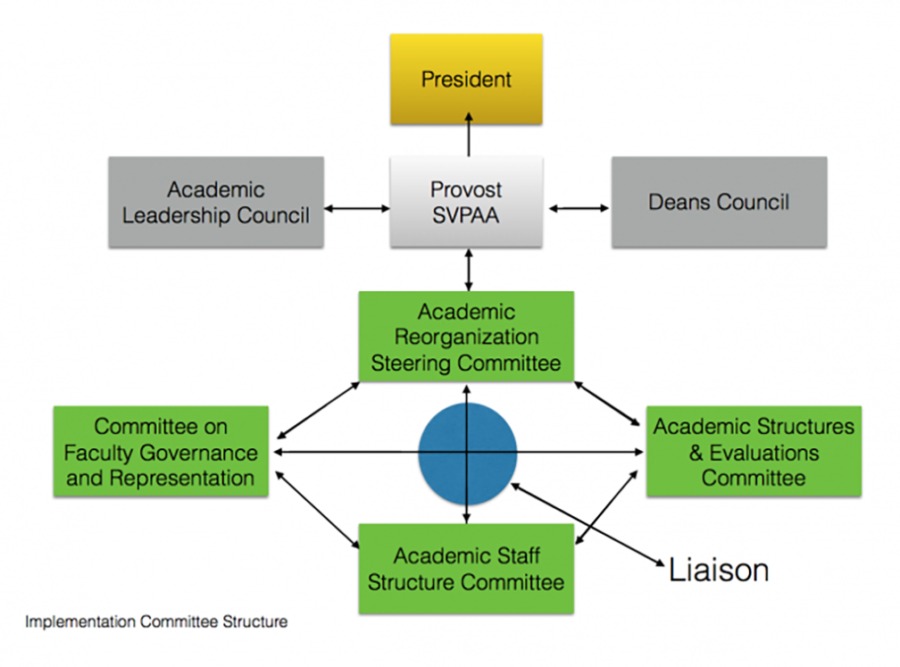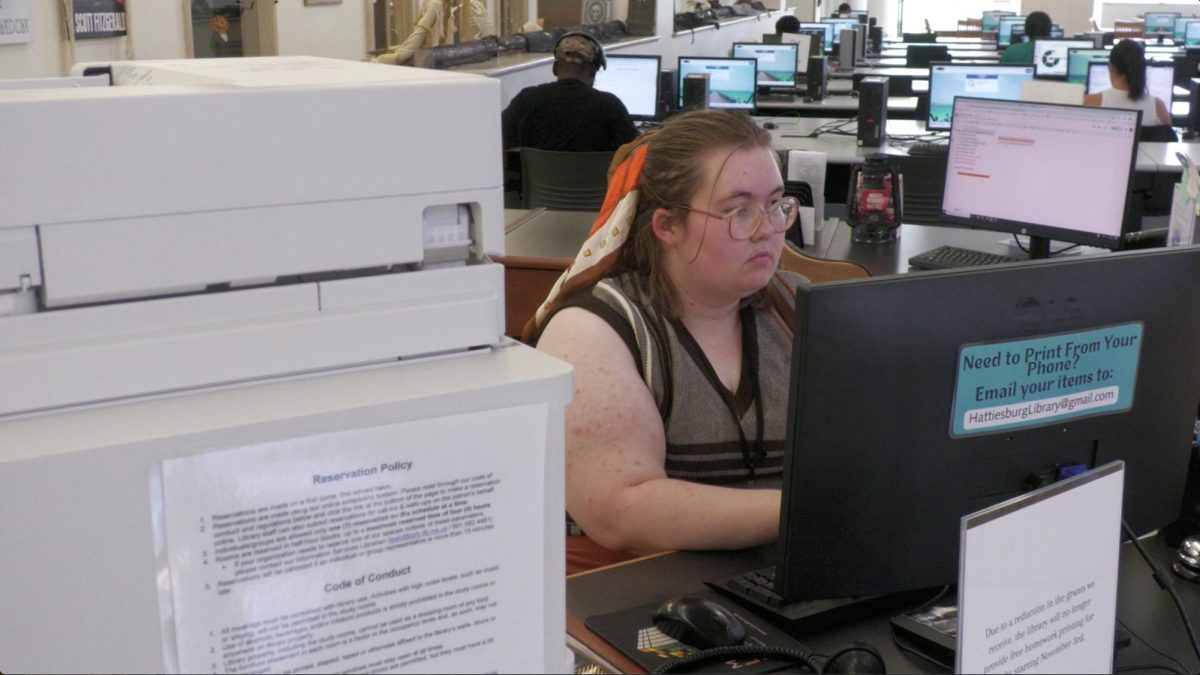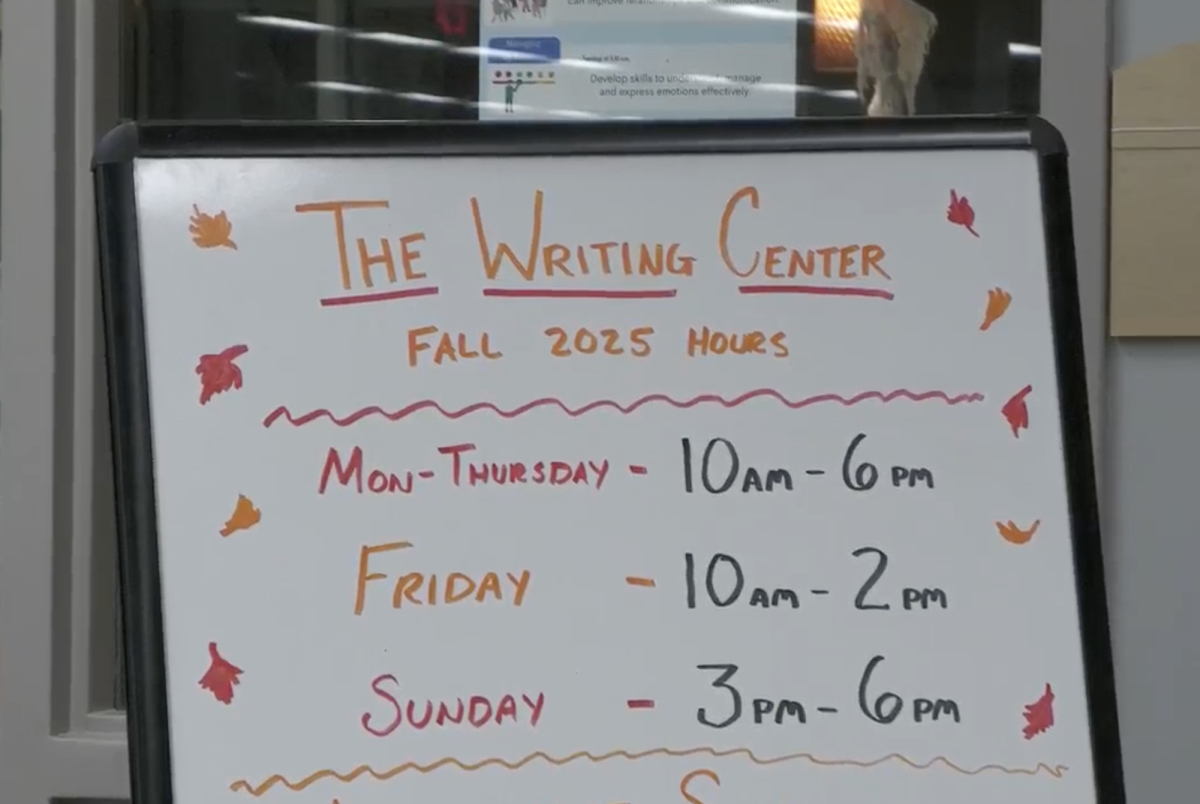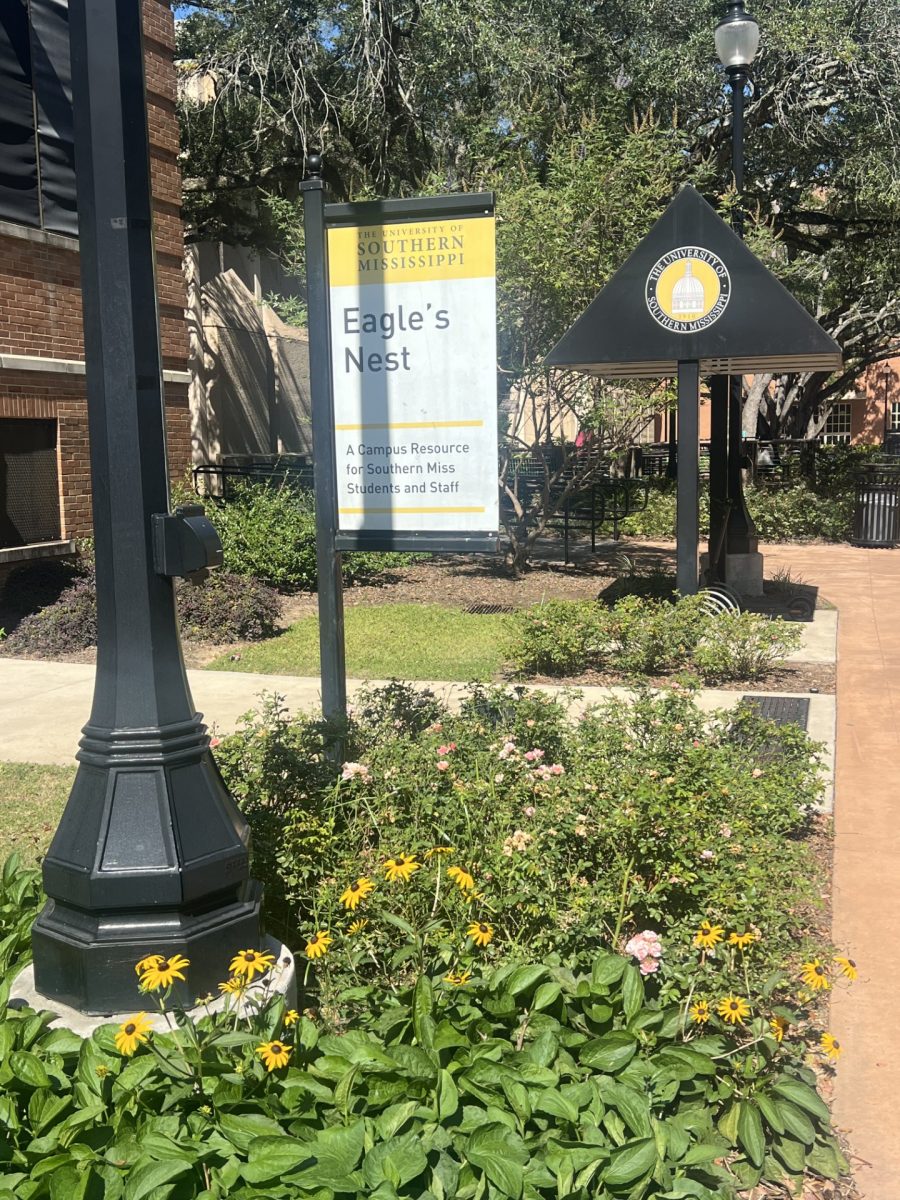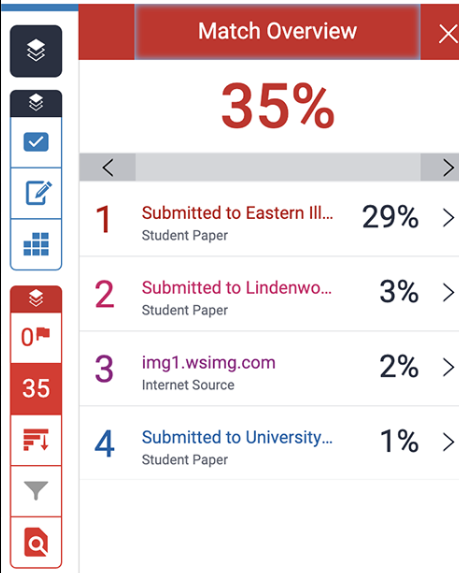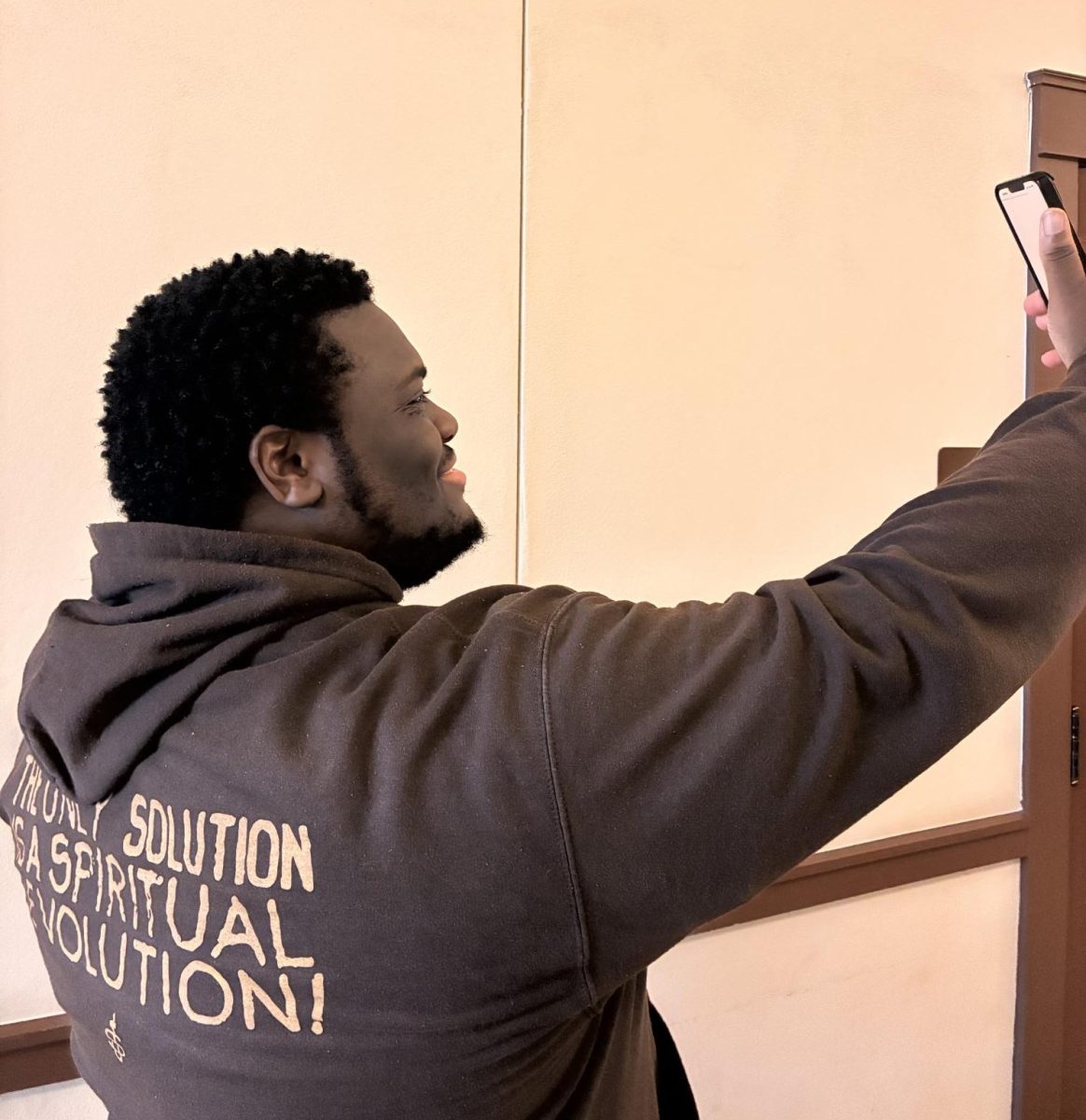Southern Miss is not the first school to do a reorganization. During the height of the Great Recession, many schools consolidated and reorganized for budgetary reasons or otherwise.
With cutbacks in government funding, many schools have to find interesting and creative ways to adapt, according to Arizona State University professor of historical, philosophical and religious studies and historian Calvin Schermerhorn, Ph.D.
In 2008, Schermerhorn had just gotten on board with ASU and in late 2008 the school reorganized, consolidating and ramping up its online catalog.
Southern Miss, with 14,554 total student population in the 2016-2017 school year, and ASU, with 103,410 total student population in the 2016-2017, school year differ in size and profits by extreme margins, but the comparison is invaluable to understanding the effects reorganization has on the student, faculty and the school as a whole.
Like ASU, Southern Miss faced a lack of government assistance and a growing population of students. Though it is on a smaller scale, Schermerhorn said the key to a successful reorganization is being well thought out. He believed it could work on a smaller scale as long as the ones implementing the reorganization have a clear overall vision.
According to “The plan for Academic Reorganization” document that can be found on the Office of the Provost’s page in the University of Southern Miss website, Southern Miss’ vision is to make the school more coherent, deploy resources strategically, increase the ability to respond to changes (i.e. a rescission or government cutback) and to make the school’s organization more flexible.
“The need for organizational change is urgent. If we fail to evaluate and update our academic management practices, structure, and culture, an institutional decline is likely, and we may well face renewed calls for program elimination,” the plan states.
With the consolidation of departments, Southern Miss has implemented a new schedule that changed most classes from one hour long to an hour and a half long and worked to remove Friday classes.
Schermerhorn said ASU went in a different direction by increasing the number of Friday classes and the number of classes offered in a specific course to combat ASU’s rising enrollment numbers. Though more classes were added, they also increased the number of students to a class from the mid-twenties to the forties or sixties.
“In the process of reorganization, [ASU] would be more entrepreneurial and that is to say, instead of waiting for students to come to us, we other new programs and new ways of learning,” Schermerhorn said.
Schermerhorn said his department started to heavily focus on developing online courses to help both students and faculty be more accommodated in the learning process.
“Given the Context in which [Southern Miss] operates, we must move as quickly as we can and as slowly as needed to ensure the outcomes we seek,” the plan states.
Though Southern Miss’ changes feel sudden to many students, the changes were slated to start as early as 2017 to 2020. The changes are to be overseen by the Office of the Provost.



